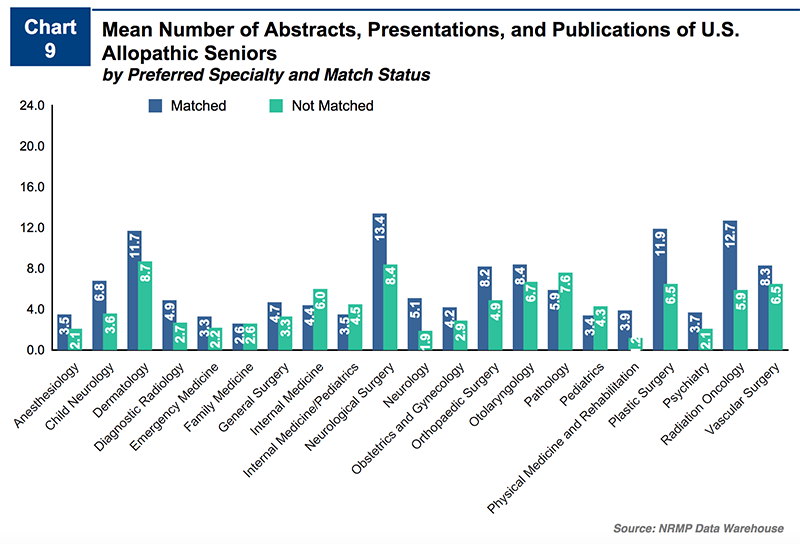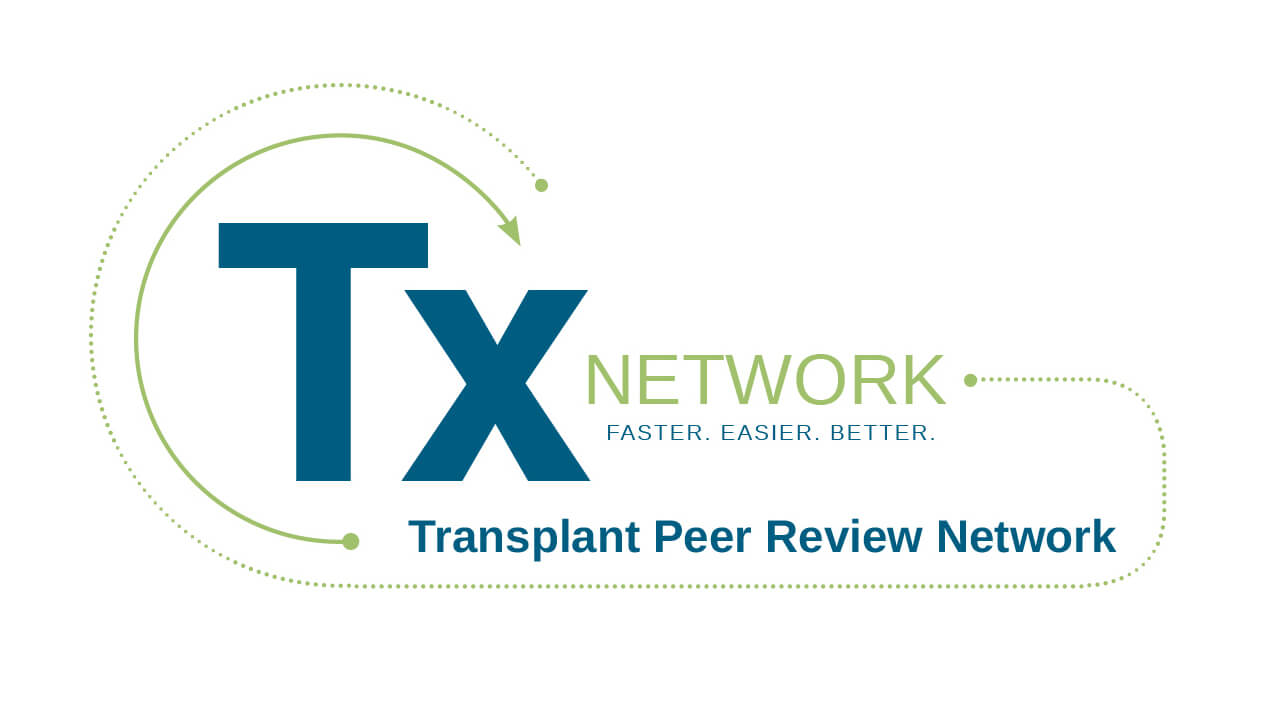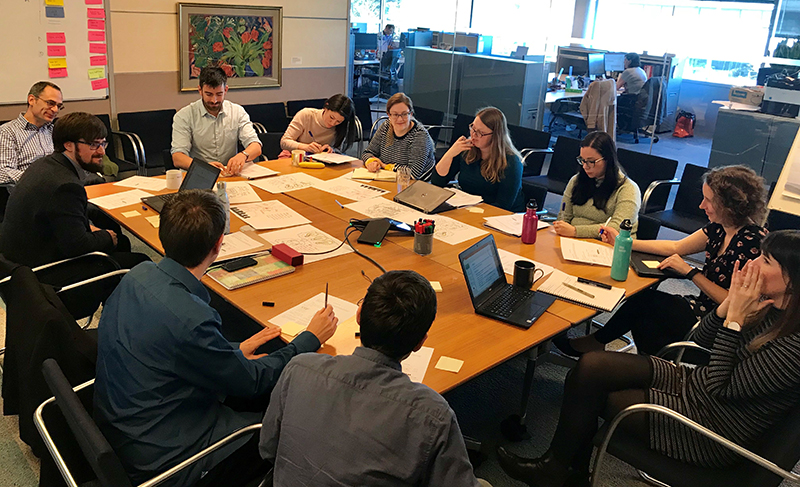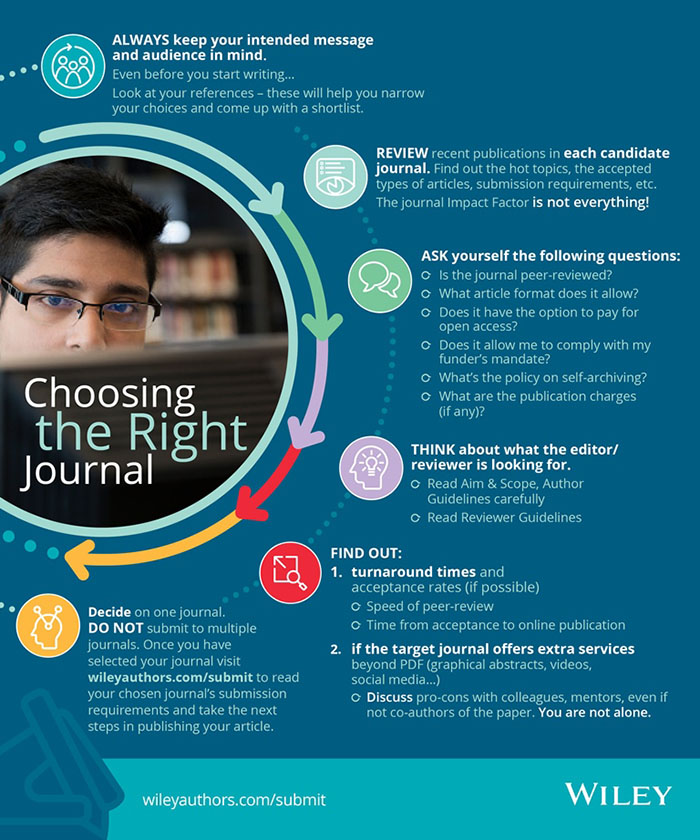what-motivates-medical-students-to-publish
September 27, 2017
A recent conversation with a good friend of mine in the thick of the residency interview trail sent me into a spiraling panic. “Most residencies now pretty much expect medical students to have at least three publications.” Regardless of this statement’s validity, today’s medical students believe that publications are yet another item to add to their checklist of required accomplishments. But is the motivation simply that publication is a perceived requirement for a competitive residency application? What other reasons may drive students to publish? Following some consideration and consultation with many of my classmates, I have landed on four major motivations: first, the most obvious, building up one’s CV for residency; second, a genuine interest in learning/exploration; third, a desire to share work or interesting cases; and fourth, a continuation of research from undergraduate or post-baccalaureate experiences.
Building Up the CV
Not only do medical students perceive publications as a requirement for their residency applications, but there is also the idea that there’s a preferred number of publications.. When considering the figures presented in the most recent edition of the National Resident Matching Program (NRMP) “Charting Outcomes in the Match for U.S. Allopathic Seniors” (see graph below), it appears that within almost every specialty, the mean number of abstracts, presentations, and publications of matched students outnumbered the mean of unmatched students. Of course, many more considerations go into matching decisions than this one metric. However, statistics such as these are enough to seep into a medical student’s psyche and convince them that, for instance, if they do not have 13 abstracts, presentations, or publications then they will not match into a neurosurgery residency. Although some medical students may not always admit it, residency remains a constant motivator for all that we do. We did not spend thousands of dollars on medical school applications, hundreds of thousands of dollars on medical school, and countless hours of our time studying to lose out on a residency. If there is anything that will give us an edge—such as publishing a few articles—then we will go for it.

Growth Through Learning and Publishing
All that being said, I sincerely do not believe that medical students publish as much as they do with only CV-building on their minds. Another major catalyst comes from an interest in the subject matter and a desire to expand their knowledge-base. Most medical students choose research in a subject area that relates to their desired fields while others may choose a topic that they simply want to know more about, regardless of its relevance to their future career path. Working on a paper for publication and reviewing the literature allows a medical student to delve into a subject that they are interested in beyond their medical school curriculum. Furthermore, most medical students work on publications with a more senior physician, allowing the student an opportunity to garner some expert-level knowledge coupled with a chance for networking. Medical students may have their eyes focused on residency, but none of us would be here if we did not also have a passion for learning. Pursuing publication allows medical students the best of both worlds, and more.
Sharing Medical Discovery
Gaining knowledge from writing a piece for publication can be directly coupled with another motivation: sharing knowledge. Publishing allows medical students to not only learn, but also to add to the medical literature. A publication ascertains that the medical student and his or her co-authors have discovered or witnessed something that will contribute to the medical community. Part of the beauty of medicine as a career path is the concept of lifelong learning. Lifelong learning to me also implies lifelong teaching; all members of the medical field have plenty to learn from each other—even medical students can teach their peers and seniors. Publications give medical students this opportunity.
Completing A Research Pursuit
The final motivation stems from all of the above while still making up its own unique category: continuing research from a student’s undergraduate or post-baccalaureate experiences. Participation in research is a desirable characteristic of medical school applicants and many students choose to continue that research even while in medical school. These students maintain relationships with their previous institutions and mentors while also adding a new and different perspective to their current medical school. In some cases, they may not have been able to complete a project before arriving at medical school so instead of abandoning the project, they choose to see it through to completion (publishing).
Regardless of motivation, the process of writing for publication is beneficial to medical students in many ways. Students can hone their writing skills as early as possible and discover different strategies to sift through the constantly expanding medical literature. They can build relationships with mentors and begin to make a name for themselves in their future fields. At the same time, there’s a potential downside to this growing population of publications by medical students. First, will the “required” number of publications be capped? Will it progressively increase each year? How can medical students balance a growing demand for their time in pursuit of publications with the ever-growing knowledge base they must obtain? The pressure on medical students in our modern age is higher than ever, with medical student burnout swiftly on the rise. Will other motivations such as a desire to learn and teach suddenly be outweighed by this growing requirement? These questions must be considered by both medical students and physicians as the demands on medical students increase.
References:
- Charting Outcome in the Match for U.S. Allopathic Seniors. National Resident Matching Program website. http://www.nrmp.org/wp-content/uploads/2016/09/Charting-Outcomes-US-Allopathic-Seniors-2016.pdf. Published September 2016. Accessed September 13, 2017.
Image Credit: PeopleImages / Getty Images











